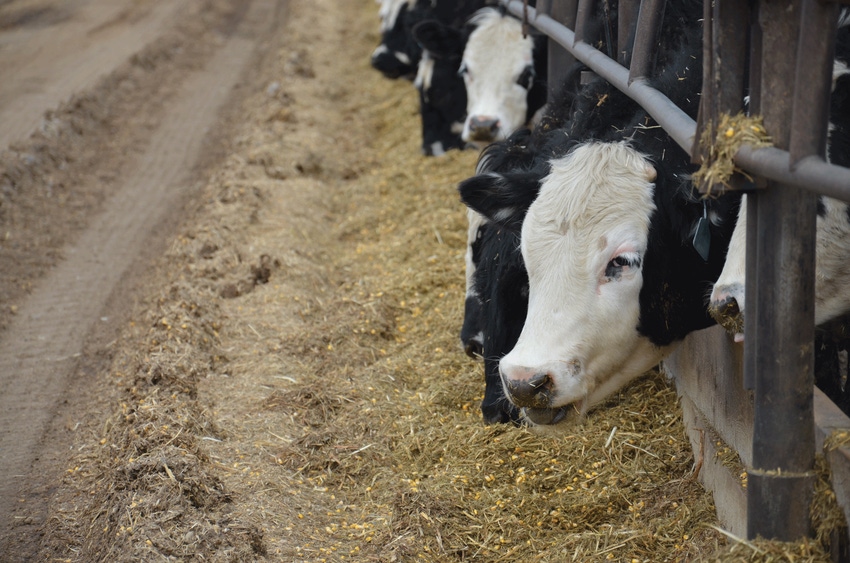Small feedlots in Iowa had the largest inventory at 570,000 head.
February 17, 2022

Livestock Marketing Information Center's Katelyn McCullock projected cattle on feed levels while giving a presentation at South Dakota State University. That discussion focused on projecting placements starting with auction totals for feeder cattle. One can only start there, as not all cattle are sold at AMS-reported auctions. The LMIC staff also incorporates seasonality and considers international trade volumes. Projecting marketings starts by monitoring estimated and actual slaughter volumes coming in throughout a given month. These are also augmented by LMIC staff with trade volumes. The discussion should help our students think critically about future projections.
Building on those ideas, one can look at the current cattle on feed situation. Among feedlots with 1,000+ head capacity, the total on feed from the January Cattle on Feed report was 12.0 million head, up slightly from a year earlier. The feeder cattle auction totals have receipts in January below year-ago levels (see LMIC Table 2.520). Direct deliveries of slaughter cattle may serve as a proxy for marketings, being down slightly in January compared to a year earlier. Those could be combined to infer changes in the on-feed totals for the upcoming Cattle on Feed report.
In the recent Cattle report, there was a snapshot of the U.S. total cattle on feed inventory as of January 1, 2022. The total was 14.7 million head across all feedlots. The number was unchanged from a year ago when rounded, but up slightly when you look at it closely. Small feedlots in Iowa had the largest inventory at 570,000 head. They were followed by those in Minnesota with 280,000 head, Nebraska with 220,000 head, South Dakota with 215,000 head and Kansas with 120,000 head. The common thread among these states is their location in the western corn belt. Missouri is likely next on the list, but its feedlots are not broken out by size. Backing out the differences by size group leaves the small feedlots with an inventory level down by 45,000 head. There was not a clear pattern in the changes in inventory among states with small feedlots.
Small feedlots could be another source of uncertainty when trying to understand or project the on-feed situation. With slightly lower inventory levels, they represent additional capacity that could be used to place or market cattle and surprise the trade, albeit at muted levels. The number marketed by small feedlots is reported annually in the February Cattle on Feed reports. Over the past five years, the ratio of marketings to beginning inventory, turns, has ranged from 1.2 to 1.3 for small feedlots. Small feedlots are often farmer-feeders that may only retain their own calf crop, may grow and finish cattle or not consistently re-fill pens because of limited feed supplies or profitability. By comparison, in 2021 large feedlots had 1.9 turns.
Source: South Dakota State University, which is solely responsible for the information provided and is wholly owned by the source. Informa Business Media and all its subsidiaries are not responsible for any of the content contained in this information asset.
You May Also Like



